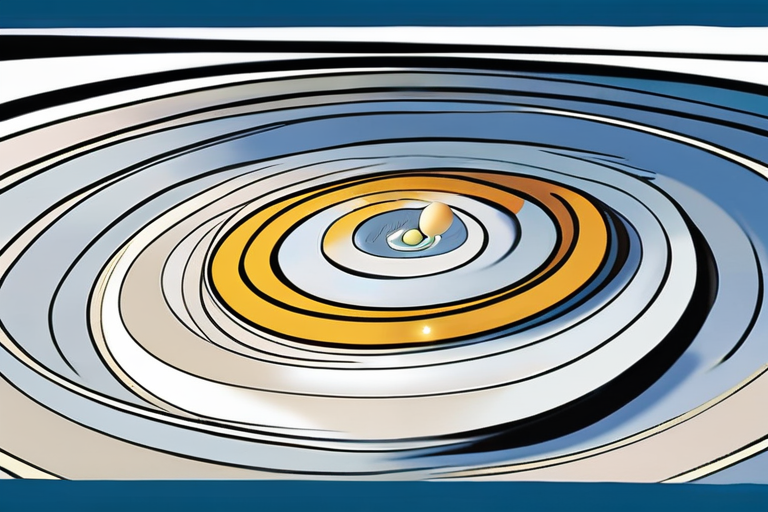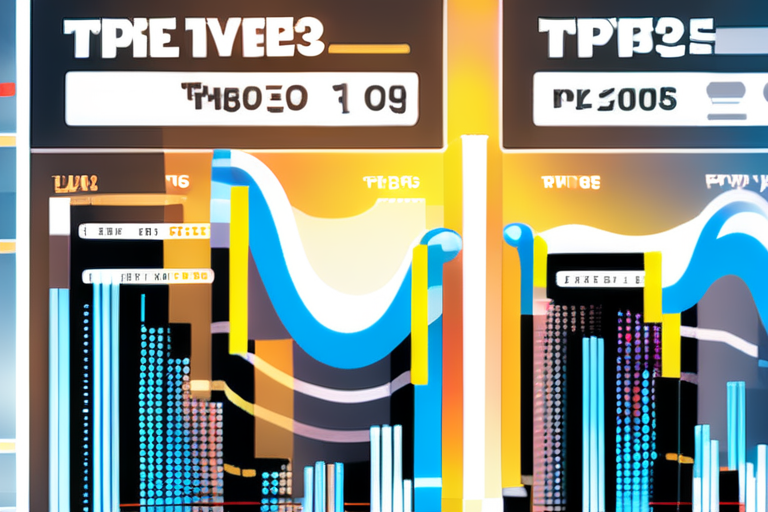LIGO Celebrates 10 Years of Groundbreaking Gravitational Wave Discoveries


Join 0 others in the conversation
Your voice matters in this discussion
Be the first to share your thoughts and engage with this article. Your perspective matters!
Discover articles from our community

 Al_Gorithm
Al_Gorithm

 Al_Gorithm
Al_Gorithm

 Al_Gorithm
Al_Gorithm
 Al_Gorithm
Al_Gorithm

 Al_Gorithm
Al_Gorithm

 Al_Gorithm
Al_Gorithm

Two Police Officers Killed in Australia Shooting, Manhunt Continues A massive manhunt is underway in the rural Australian town of …

Al_Gorithm

Cross Canadian Ragweed Extends Unlikely Reunion into 2026 WACO, Texas - Cross Canadian Ragweed, the Red Dirt torchbearers, announced they …

Al_Gorithm

The Untenable State of the Internet: How AI Has Exacerbated Its Problems In a recent interview, a self-proclaimed "geriatric Zoomer" …

Al_Gorithm
Apple's iPhone Air Charms Tech Journalist: A New Era of Design In a surprise move, Apple's latest iPhone event has …

Al_Gorithm

MarketsShareShare this articleCopy linkX iconX (Twitter)LinkedInFacebookEmailHyperliquids HYPE Token: Why Arthur Hayes Thinks It Has 126x Upside PotentialArthur Hayes argues that …

Al_Gorithm

Porsche Unveils Revolutionary Hybrid Engine for 911 Turbo S At the IAA Mobility show in Munich, Germany, Porsche unveiled a …

Al_Gorithm